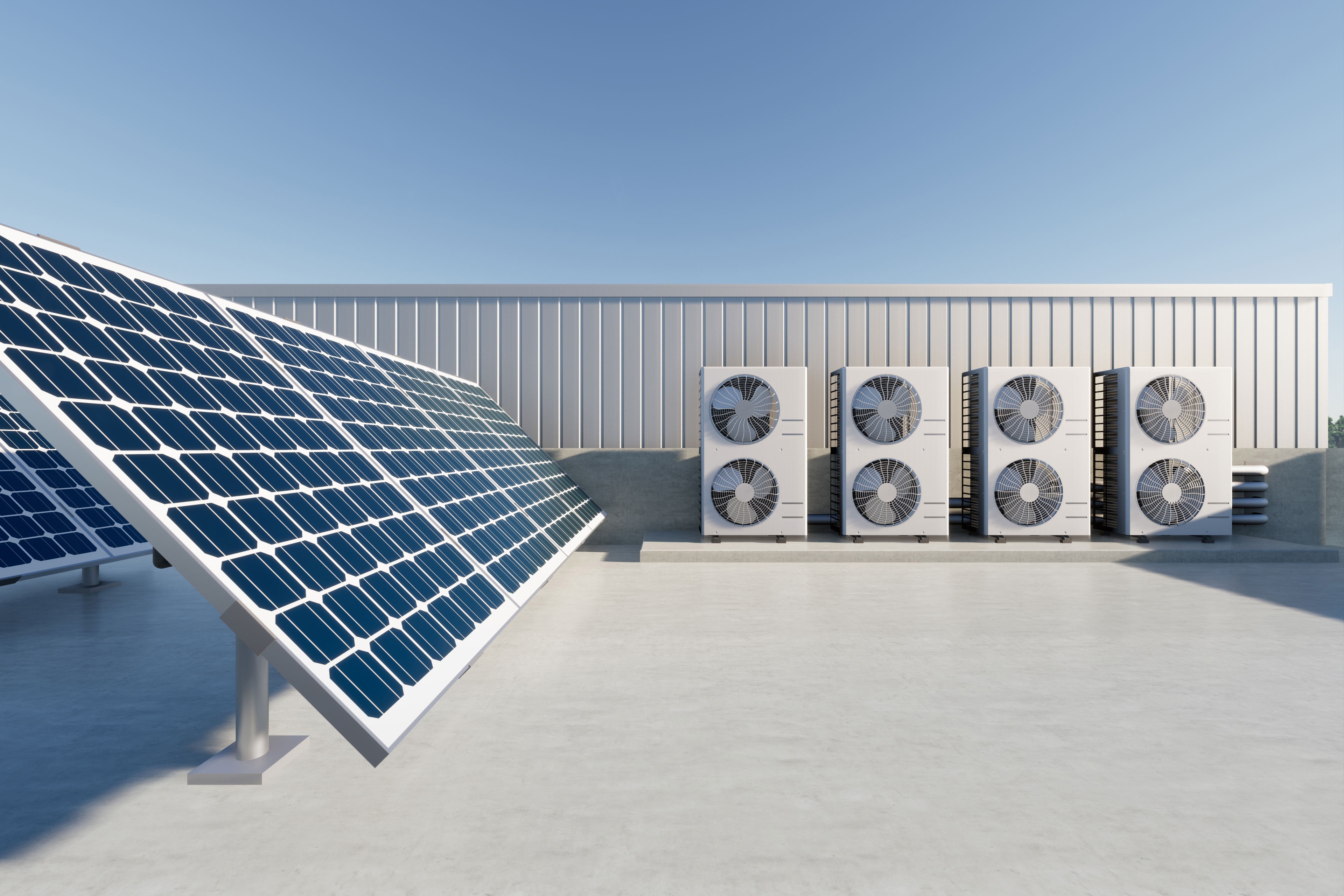EY refers to the global organization, and may refer to one or more, of the member firms of Ernst & Young Global Limited, each of which is a separate legal entity. Ernst & Young Global Limited, a UK company limited by guarantee, does not provide services to clients.
Smart building strategy and technology solutions
What EY can do for you
The right smart building strategy can enable a diverse range of capabilities to significantly enhance the operational efficiency and effectiveness of buildings. Coupled with the utilization of advanced smart building technology and data-driven systems, owners, operators and tenants have the power to minimize energy consumption, lower greenhouse gas (GHG) emissions, create healthier indoor environments and enhance the overall occupant experience. With a focus on delivering increased value to both owners and occupiers, the EY Smart Building team can help you realize the future of sustainable and intelligent building solutions.
The challenge with buildings
The challenge posed by buildings is a complex one, encompassing environmental sustainability and public health concerns. Buildings have a substantial impact on the environment, contributing a staggering 40% of GHG emissions. This highlights the pressing need for adopting more sustainable practices in both the construction and operation of buildings.
Energy consumption constitutes a sizable portion of a building’s operating expenses, with heating, ventilation and air conditioning (HVAC) systems accounting for approximately 40% of this energy usage¹. However, approximately 30% of the electricity consumed in buildings is wasted, revealing persistent inefficiencies in these systems². In addition, HVAC systems naturally degrade in performance over time, experiencing an average decline of around 30% within one to two years. This decline not only results in increased power consumption for the same output but also places excessive strain on the equipment. Consequently, this heightened strain raises the risk of failure and reduces the operational lifespan of the systems. To address these issues, proactive maintenance and optimization measures are crucial in mitigating energy inefficiencies and ensuring the long-term reliability of HVAC systems.
Furthermore, the significance of adequate ventilation within buildings has become increasingly evident, particularly in the context of pathogen transmission. With people spending approximately 90% of their time indoors³, it is imperative for buildings to prioritize the creation of healthy and productive environments for occupants. However, achieving this goal often requires an increase in energy consumption, which contradicts the inadequate ventilation levels prevalent before the pandemic. Striking a delicate balance between improving indoor air quality and optimizing energy efficiency presents a substantial challenge in building design and operation.
What EY Smart Building services can do for you
EY Smart Building services provide a comprehensive approach to address the unique challenges faced by owners and building occupants. These offerings leverage innovative technology, data analytics and industry expertise to enable organizations to transform their buildings into intelligent, efficient and sustainable spaces.
EY Smart Building services encompass a wide range of capabilities designed to drive value and enhance building performance. These solutions can be categorized as follows:
EY Smart Building solutions provide organizations with the capabilities to transform their buildings into intelligent, efficient and sustainable spaces. By enhancing operational efficiency, prioritizing health and safety, achieving sustainability objectives, and enhancing the human experience, organizations can unlock significant value and gain a competitive edge in the rapidly evolving building management landscape.
EY Smart Building services approach
Our services and methodology are tailored to meet the specific needs, scale and sector context of each client, helping them to effectively select, implement and integrate technology into their environments, drive operational efficiency, make data-driven decisions, and continuously enhance their capabilities in managing people and physical spaces.
EY Smart Building services vendor ecosystem
Our carefully curated ecosystem of third-party technology solutions encompasses various areas of smart building management. These solutions include:
By building an ecosystem of third-party technology solutions, we offer a comprehensive suite of tools and capabilities to transform buildings into intelligent, efficient and sustainable spaces. This carefully selected ecosystem empowers organizations to leverage advanced technologies and data-driven insights for effective smart building management.
EY alliances




Our latest thinking
The electrification of real estate: the next generation of buildings
Discover the four key questions uncovered in a panel of EY and MIT leaders about building electrification strategies to promote carbon reduction
3 corporate real estate strategies for a hybrid workforce
Goodwill impairment valuations are required for financial reporting standards and can also be valuable for strategic decision-making.
How a reimagined workplace can energize employees and drive productivity
Leaders are eager to create workplaces that enable employees to feel safe and productive.
How smart storage lockers support flexibility for hybrid workers
Smart locker systems make flexible workspaces in offices appealing to employees and optimize space for employers. Learn more in this case study.
How owners and landlords are adapting to changes in the workplace
How owners and landlords are adapting to the accelerating pace of change in the workplace.









